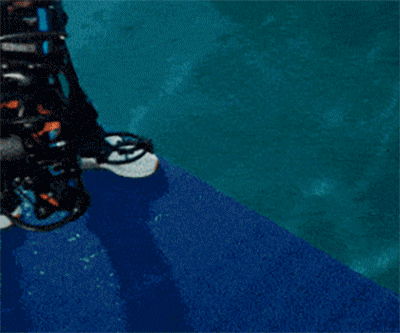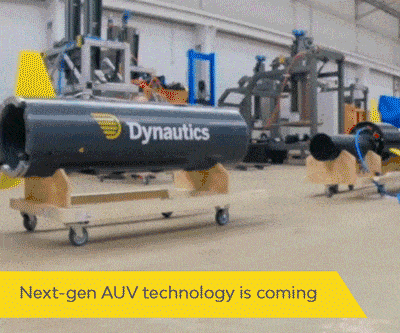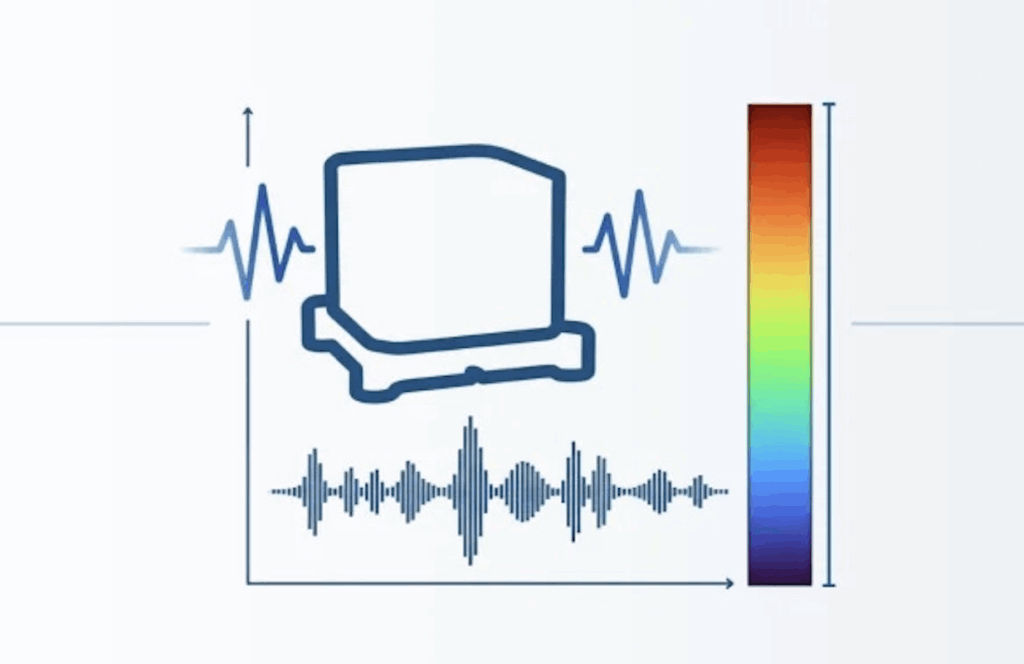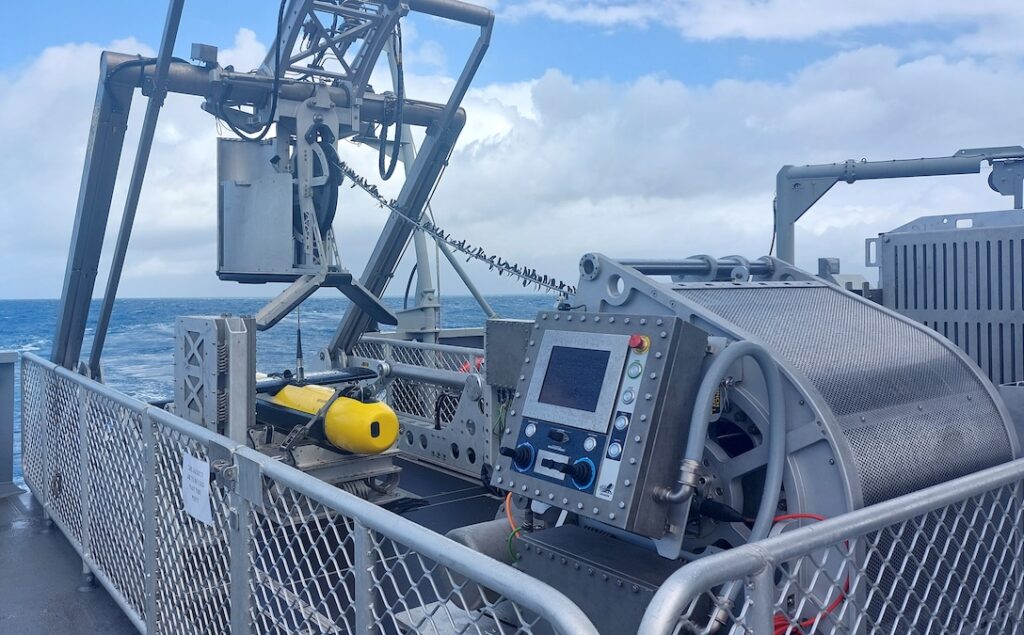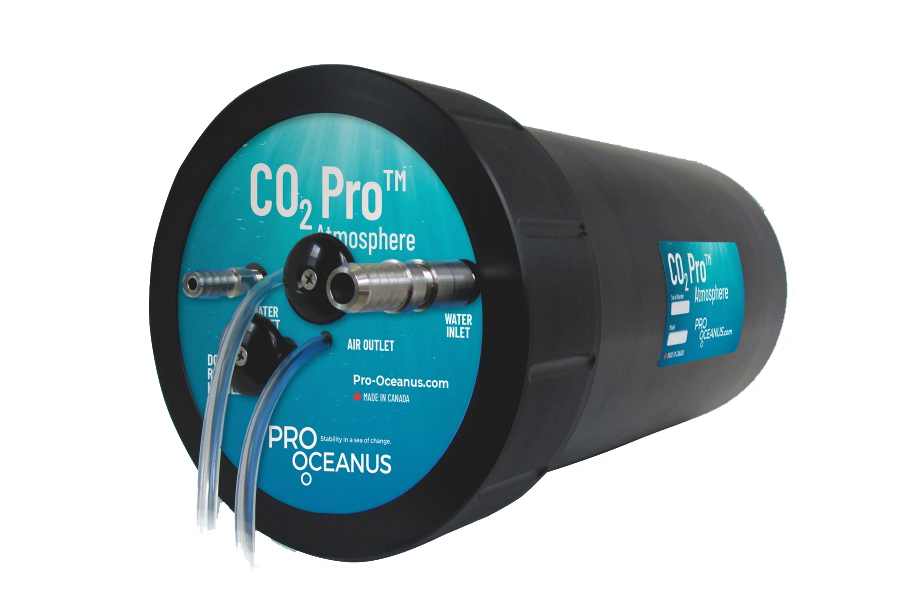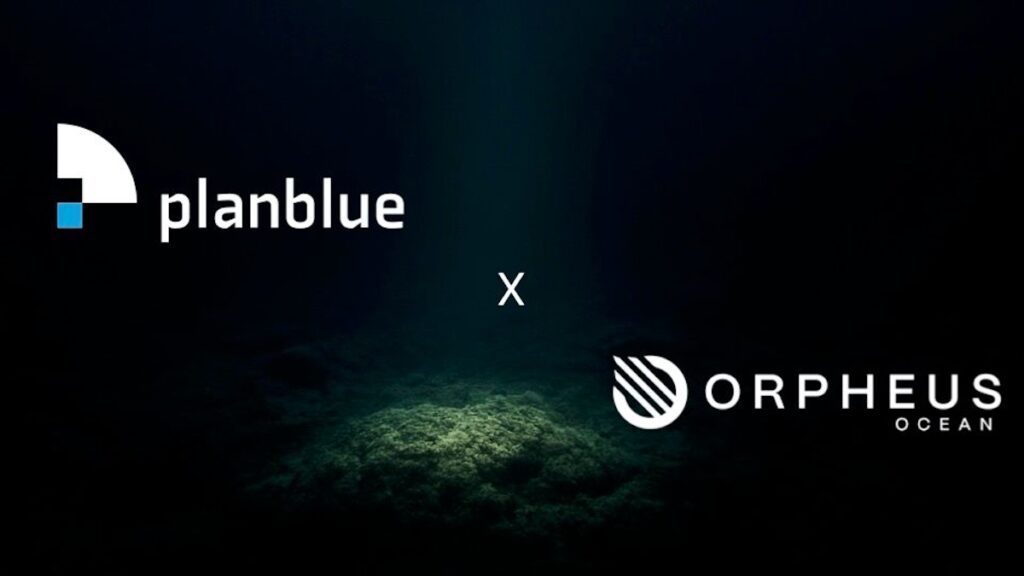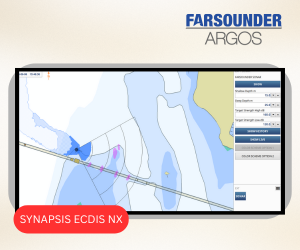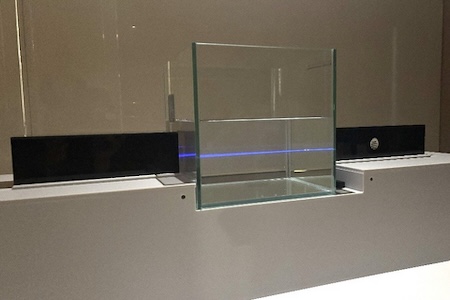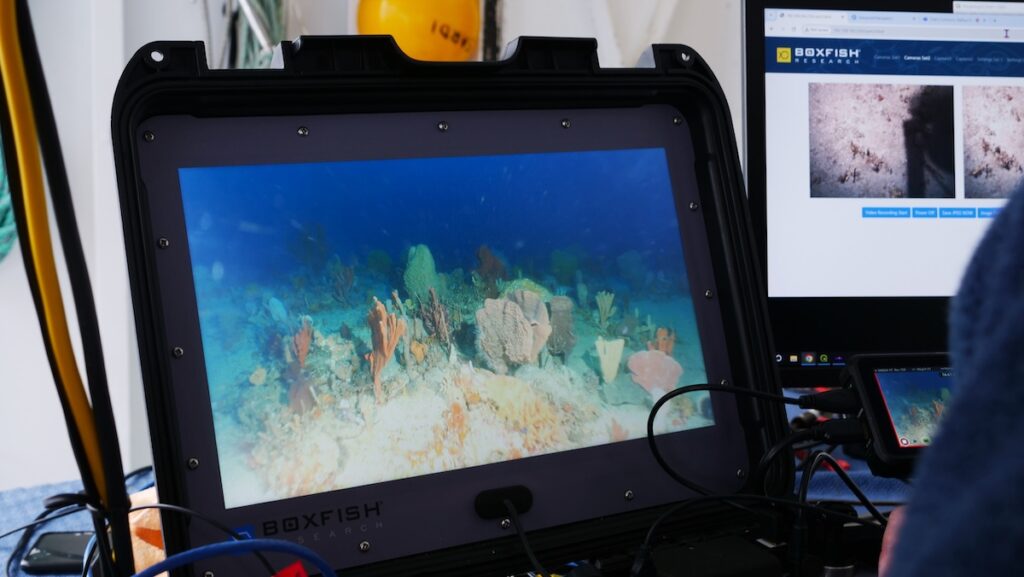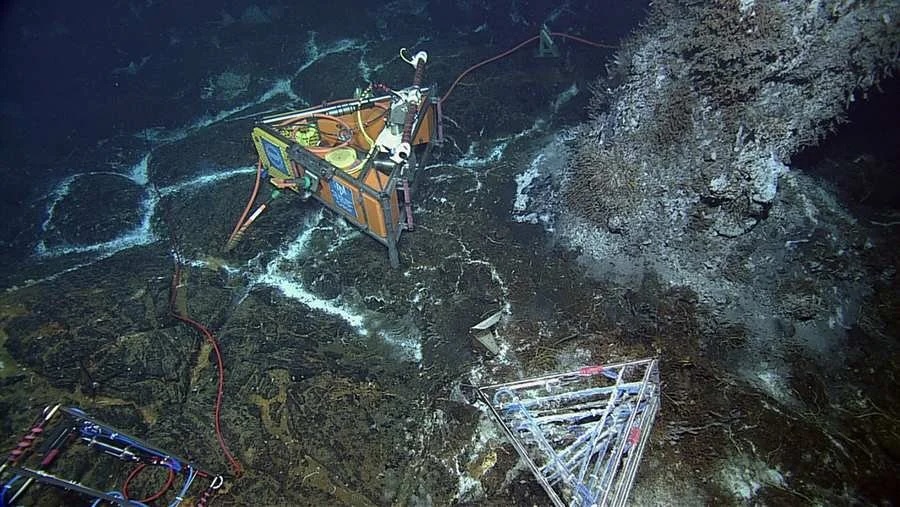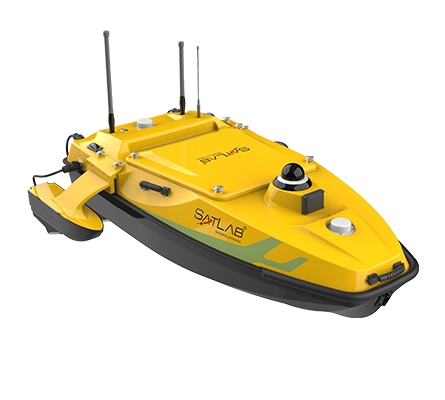
Unmanned Surface Vehicles
Discover cutting-edge solutions from 8 leading global suppliers
Ocean Aero’s Triton AUSV has been selected to provide continuous autonomous subsea surveillance at the Port of Gulfport.
Ocean Aero will conduct continuous scans using a variety of subsea payloads, including bathymetry, side-scan sonar, and magnetometers to produce high-resolution comparative datasets for real-time change detection. The initiative aims to detect irregularities in both port traffic and infrastructure.
Triton’s advanced monitoring will also play a crucial role in post-hurricane recovery, identifying debris and potential threats to port infrastructure in the aftermath of severe weather events. Ensuring the channel and harbor are clear for ship traffic is critical to the rapid reopening of a port following a hurricane.

John Nass, Port CEO and Executive Director, commented, “The Port of Gulfport is in the business of maintaining infrastructure, yet some of our most important assets are underwater like the channel and harbor. This partnership will allow the Port to monitor underwater assets with the same vigilance and care as those above water.”
A key aspect of the initiative is the use of data analysis and predictive modeling, which USM plans to support. Gulf Blue®, a Gulf Coast innovation initiative led by USM, will help connect companies looking to test new sensors and algorithms integrated with the Triton as they execute Port surveillance.
Kelly Lucas, Vice President for Research at the University of Southern Mississippi, commented, “Small, nearly imperceptible changes can accumulate over time, evolving into significant issues that impact port operations. By identifying these subtle shifts early on through patterns found in the data, we can provide Gulfport with an unparalleled level of situational awareness, supporting proactive port maintenance and providing our students with real-world, data analysis scenarios.”
Ocean Aero’s technology is currently used by the U.S. Navy and international allies to support intelligence, surveillance, and reconnaissance missions (ISR), and mine countermeasure (MCM) activities abroad. Large-scale oil and gas organizations also rely on Ocean Aero’s capabilities to scan the ocean floor for pipeline damage and other anomalies. But the ability to safeguard the ports and critical subsea infrastructure of national interests may be the most important work of all.
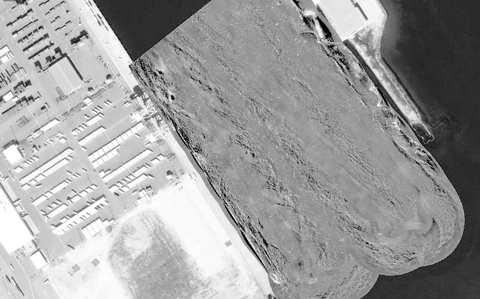
Kevin Decker, Ocean Aero CEO, stated, “We have precisely the right instruments at precisely the right moment in time that we need to make sure our underwater assets are safe. This Gulf Coast collaboration is the first proof point in the world that shows how much we can do today at a fraction of traditional costs at keeping our ports free and clear of interference.”
The Port of Gulfport welcomed Ocean Aero in January of 2022 as the company relocated its manufacturing facility and headquarters from California to Mississippi. Since that time, the triple helix partnership between government, academia, and industry has continued to benefit the Gulf Coast, and this represents the next phase in Mississippi’s role in advancing maritime security innovation
Ms. Bobbie Thompson of the US Navy’s Naval Oceanographic Office, also commented, “The Naval Oceanographic Office is encouraged by ongoing advancements in unmanned maritime systems that promise to enhance port security and monitoring of critical subsea infrastructure. We look forward to observing how innovative projects like this one from Ocean Aero and the Port of Gulfport can help improve Homeland Defense capabilities.”
Congressman Mike Ezell concluded, “Ocean Aero is bringing state-of-the-art innovation to the Mississippi Gulf Coast. By deploying the Triton AUSV and its advanced subsea payloads at the Port of Gulfport, Ocean Aero is setting a new global standard for maritime surveillance and security. This technology will provide real-time, high-resolution data to protect critical infrastructure and support efficient port operations—cementing Mississippi’s role as a leader in ocean technology.”





